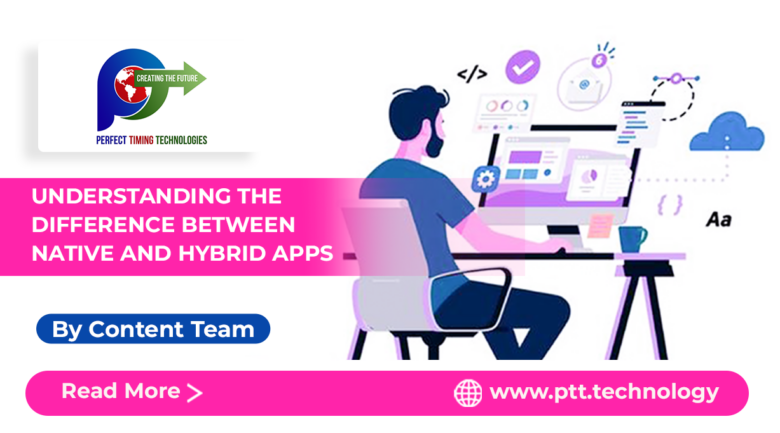
Although Digital Transformation has its roots in the 1940s, it saw a rise in the 90s and 2000s. There was a gradual increase in the use of digital products, services, and online platforms. The popularity of online channels and smart devices has led to a rise in the expectations of consumers regarding their interaction with businesses.
Digital transformation has become the core strategy for businesses to compete in this fast-paced digital world. If your business lags in adapting to the rapidly evolving tech world, you will have to shut it down soon. Digital transformation can mean a whole lot of different things for different businesses depending on their product and service offerings.
Before beginning your digital transformation journey, you must have clarity of your business objectives and vision. Having a solid understanding of Digital transformation concepts helps in better adoption and implementation of your digital presence strategy.
Let’s dive in deeper to understand what digital transformation is and how it affects businesses.
What is Digital Transformation?
Every business is unique so there is no universal definition for Digital Transformation. Every business defines it differently based on the purpose and aim of its organization.
But in simple terms, Digital transformation refers to the use of technology for maximum optimization of business operations. By doing so, businesses make a strong foothold in the existing markets or enter new markets effectively.
Mentioned below are different definitions of Digital Transformation by industry leaders-
Mr. Peggy Chen, CEO of SDL defines DT as “At its heart, digital transformation is about connecting better with digital customers.”
Mr. Andres Angelani, Global CEO of Cognizant Softvision, says, “ the right definition of DT rests within the organization itself.”
Experts believe that the realignment of technology can boost the efficiency of businesses in the ever-changing digital economy. Nevertheless, the prime focus of the digital transformation strategy should be to create value for customers and employees associated with the business.
Businesses whether large or small should, first of all, define their objectives and the desired outcome that are most suitable.
Often Digital Transformation is misinterpreted for two different terms i.e. Digitization and Digitalization. You may find people using the three terms synonymous due to a lack of correct information. It is important to know the difference before moving further in the article.
Let’s find out the difference-
- Digitization: It is the process that involves converting the information concealed in manual documents to a secure digital space.
- Digitalization: It refers to the procedure of utilizing digitized data to work more efficiently and with ease. The significance of Digitalization is rapidly growing among various business sectors.
- Digital Transformation: DT is a phase that a business passes through to upgrade its internal operations to meet the needs of technological development. It requires changing the whole conduct of your existing business and making it digitally advanced.
Benefits of Digital Transformation for Businesses
The demands of the highly digitized society have led to the increased adoption of Digital Transformation by businesses around the globe.
Note the important points discussed below to leverage digital transformation to boost your business-
- Transformation of Customer Experience for Better: The most important goal of any business is to offer the best services and experience to its customers. Going digital means enhancing your customers’ overall experience. Companies are increasingly adopting Digital transformation strategies to improve the customer experience for the better.
- Insights that are More Data-driven: Going digital means you can keep a check of metrics and analyze data that you collect during your digital marketing campaigns. Using data-driven insights helps businesses to better understand customers and their behaviors. These insights help to revisit your organizational goals and strategies so that you can make better business decisions that pave your way to profit.
- Better Collaboration across Organization: Digital transformation of your internal systems and operations helps in better collaboration across various departments inside the company. When everyone is aligned to a common goal, there is a smooth transition of functions throughout the organization.
- Innovation and Dexterity Par Excellence: Digital Transformation helps businesses to proliferate with dexterity par excellence. Digital Transformation gives your business innovative solutions to become more agile with time.
It has become the need of the hour to tailor your products and services to meet customer demands.







